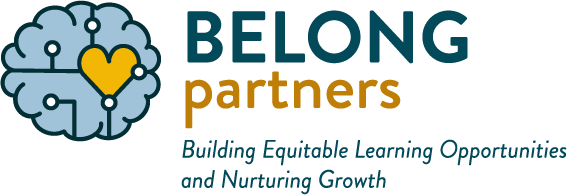
Many of us entered teaching believing in our abilities to be consistently kind. In reality, vacillating between kindness and being authoritarian is a common cycle, especially when class sizes and challenging students make the job feel overwhelming.
Kindness and compassion from a teacher are a powerful model for our students. Kindness does not have to mean being wishy-washy and letting the classroom descend into chaos or being overly sweet and positive. It means respecting the student AND the routines, expectations, and agreements of the classroom…as well as ourselves.
How can we as teachers do this…maintaining a firmness that allows students to know that they are accountable, along with empathy and connection? Here are some ways to respond that are kind while holding firm expectations that inspire student trust:
Validate Feelings, Offer Choices. Brain research tells us that naming feelings when we are dysregulated calms the brain. It is also a way to connect. Both are helpful and kind. “I can tell you are disappointed that we need to put the manipulatives away now. You were having fun in math….AND it is time to get out your LA work. Can you do that on your own or would you like Theo to help you today?”
Use an “I Message”: “You are angry right now and I am trying to teach the class. I want you to find a way to make yourself feel better that doesn’t disturb the class and I will check in with you in a bit.”
Try Compliments. Noticing and appreciating each other is a way to create a climate of caring and kindness. Use regular class meetings that always start with a round of compliments. You can do general compliments or focus on having students give compliments around examples of others being kind.
Create Secret Signals. When a child is having a tough time curbing a behavior like interrupting, sit down with them and share your desire to help them to remember to listen when someone else is talking. Ask them what secret signal you can use to help them remember in the moment. Memorize the signal and use it next time the child interrupts. It is a connected, special way to let that student know you are on their side…while helping to maintain the order of the classroom.
Be Kind to Yourself. YOU are your most powerful teaching tool. You can offer kindness and firmness to your students only when you have reserves that come from nurturing yourself. This can be challenging. Here are some ideas for self-care for teachers from the Positive Discipline Association.
